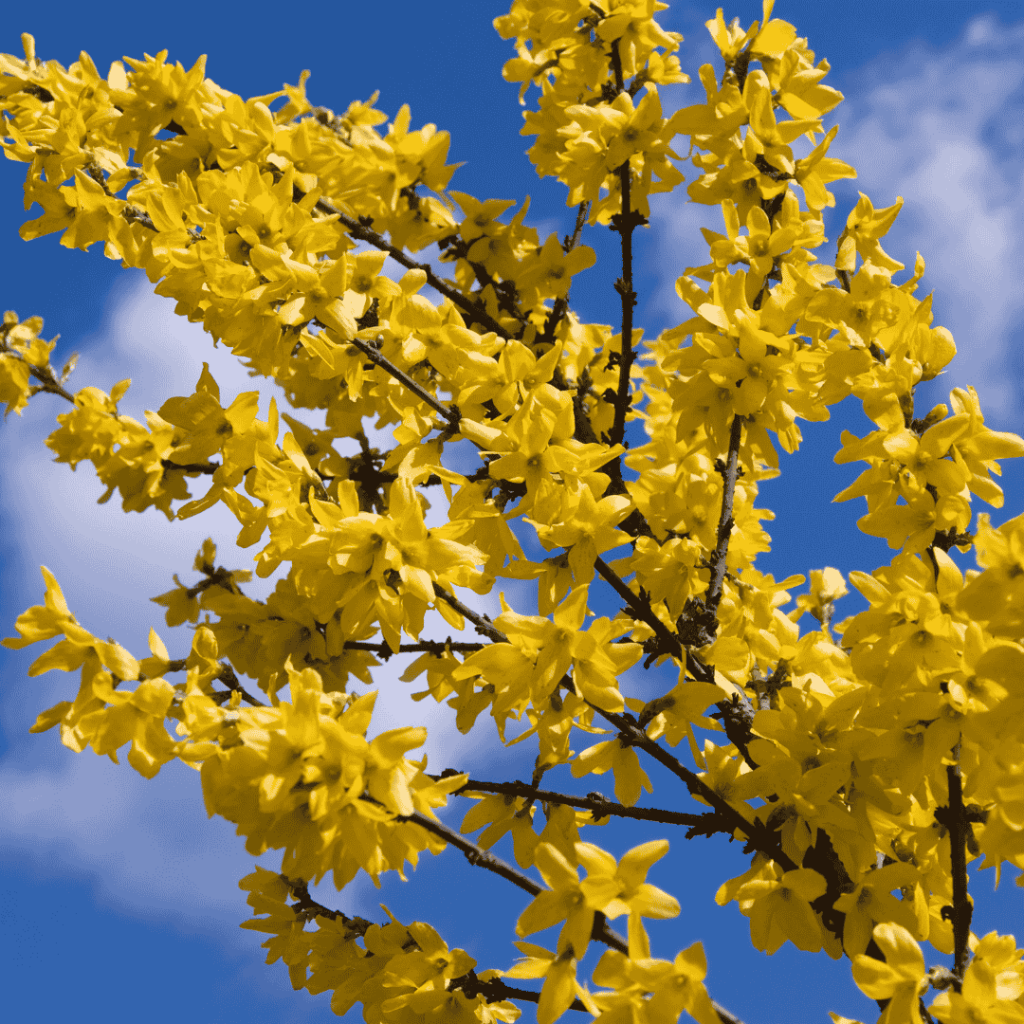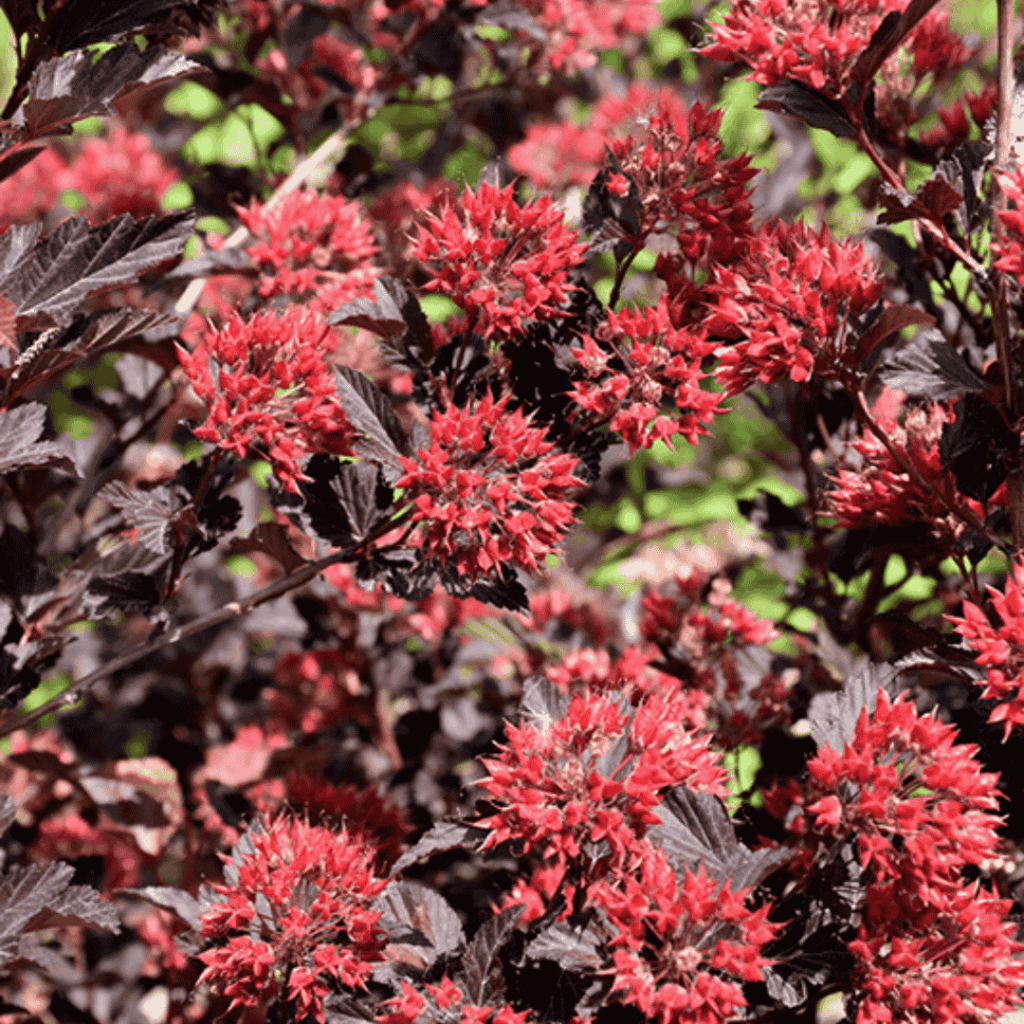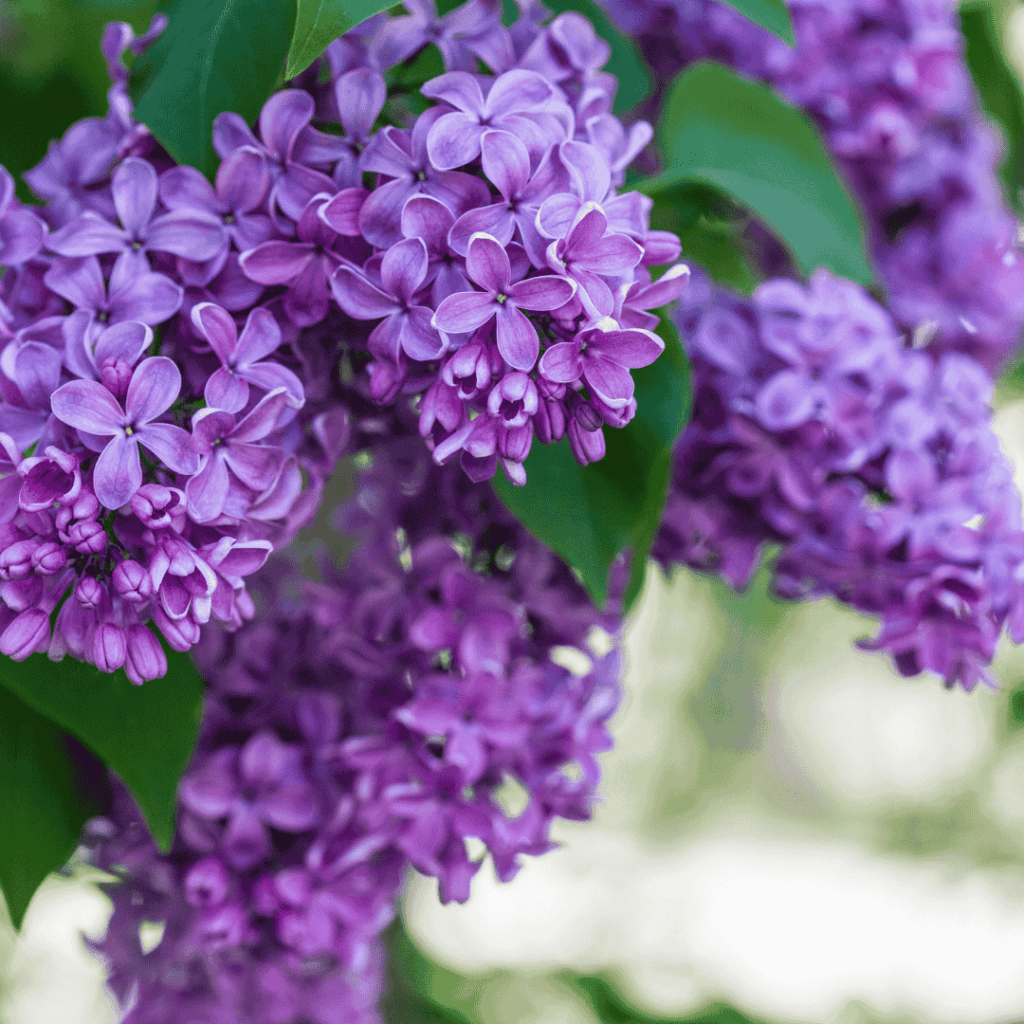Ribes Sanguineum
Have you ever been on a neighborhood stroll in the early spring and had your eye drawn to a nice pink flowering shrub? That shrub my fellow gardeners is red flowering currant! Or botanically known as, Ribes sanguineum! Say it with me, “RYE-beez san-GWIN-ee-um” now wasn’t that fun? Currants are a great shrub to add to your Central Oregon landscape. The Washington Native Plant Society describes their ideal habitat as, “Shady woods to dry open or rocky sites, and disturbed areas from low to middle elevations.” Yep, that sure sounds like us!
Planting currants is a great way to give back to our local wildlife. These pretty flowers attract buzzing and fluttering pollinators with their pretty color and sweet nectar. The pink flower is a helpful beacon for migrating Rufous Hummingbirds. The berries produced will keep the bellies of many birds and squirrels full too. The foliage of a young flowering currant can be desirable to the larger “pests” we all know too well…the elk and deer! Protection from these two is something to keep in mind when choosing a planting site within your landscape. If you have already planted your currant in an exposed area there is no need for panic. For whatever reason once established these shrubs tend to be less interesting to the deer. The leaves are also appreciated by butterfly larvae.
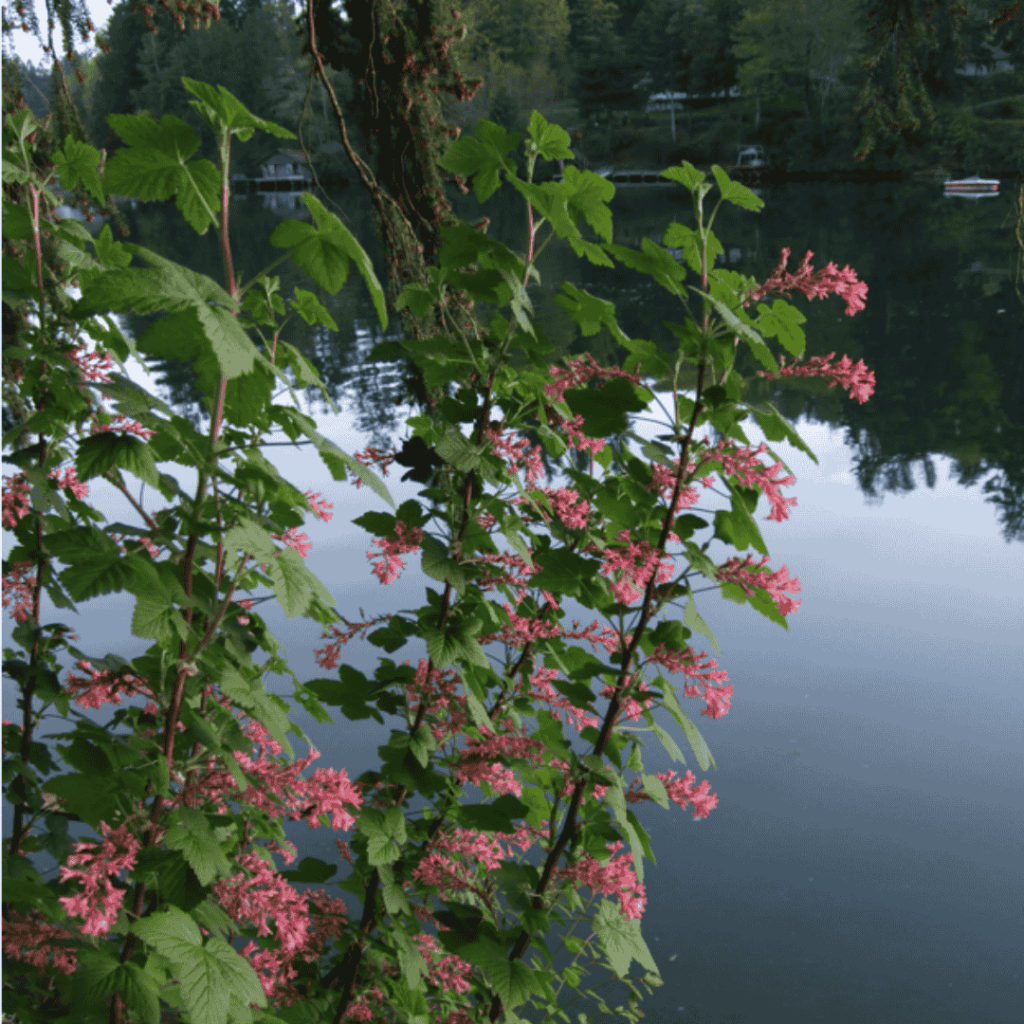
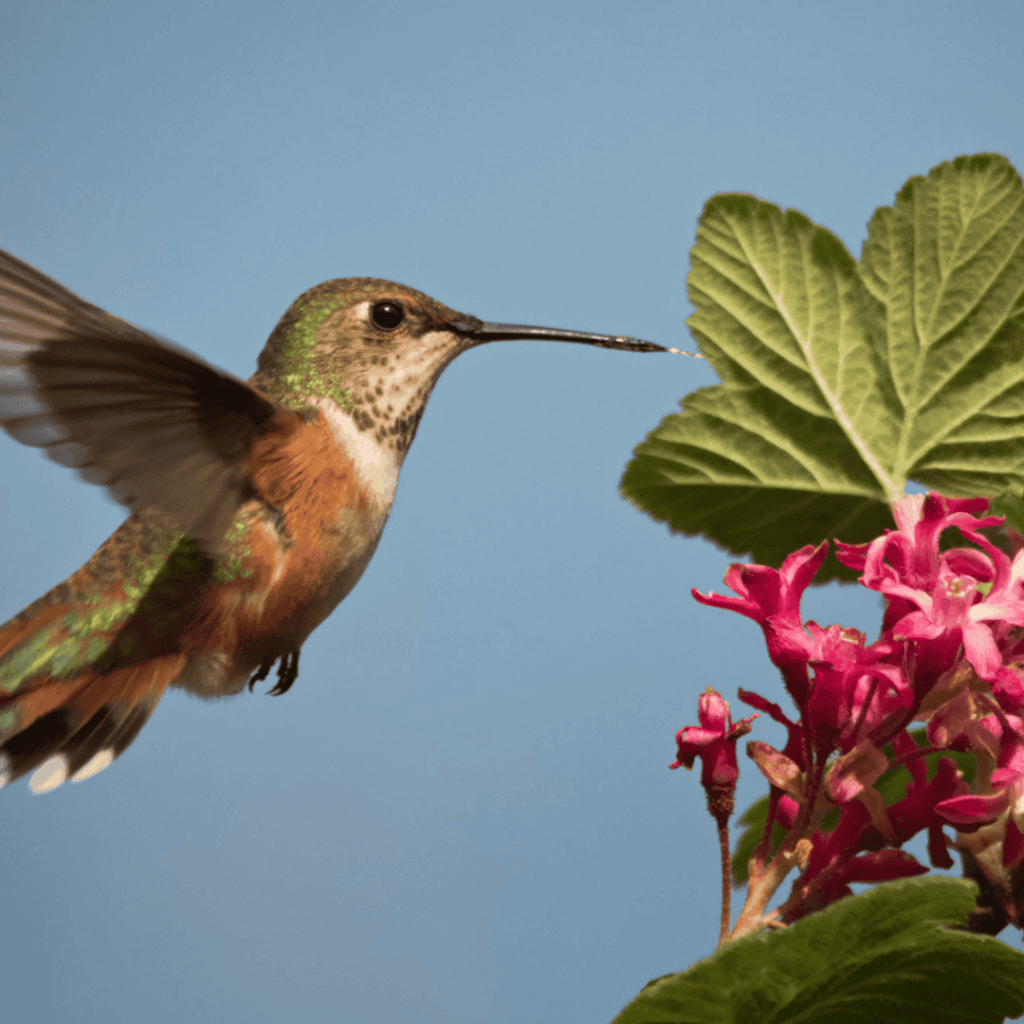
Ribes are deciduous so expect them to drop their leaves in the fall after a nice change in color from green to shades of yellow and red. They typically begin to leaf out again in late April and bloom in May. They are a great choice for a xeriscape or habitat restoration project because of their tolerance for poor soil and drought conditions.
Native Ribes are only found in Western North America. Featured in the map below you can see their distribution ranges from southwest BC all the way south to California. They can survive the cold winters in Idaho and Oregon but they absolutely need a sunny planting site. They can grow up to 9ft tall. They will tolerate pruning but, like Forsythia, they bloom on old wood so you want to prune in the fall and do so thoughtfully with next year’s blooms in mind.

